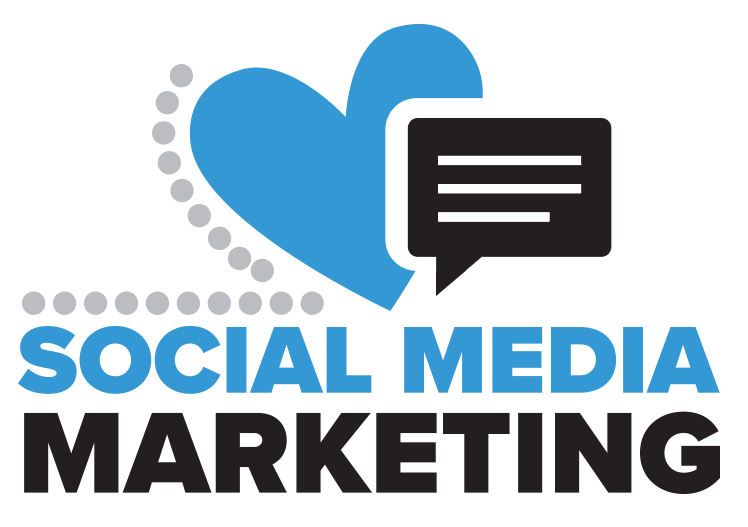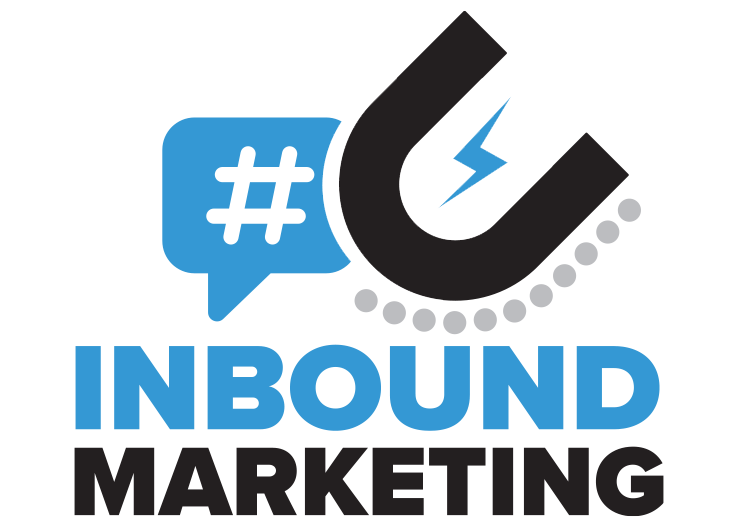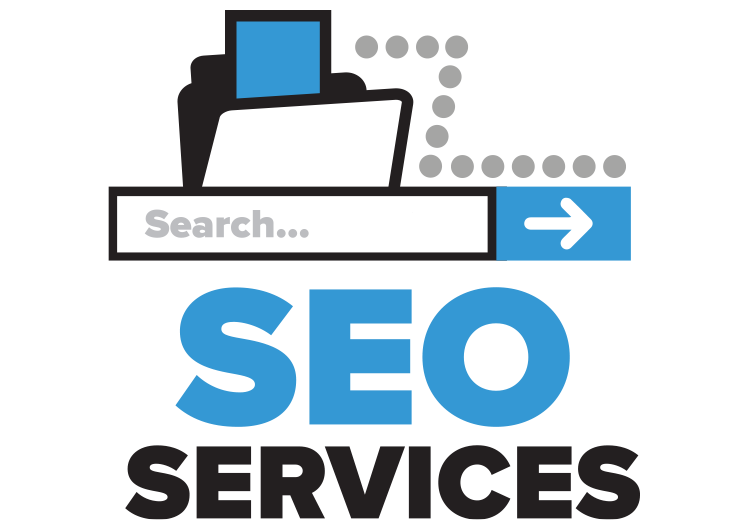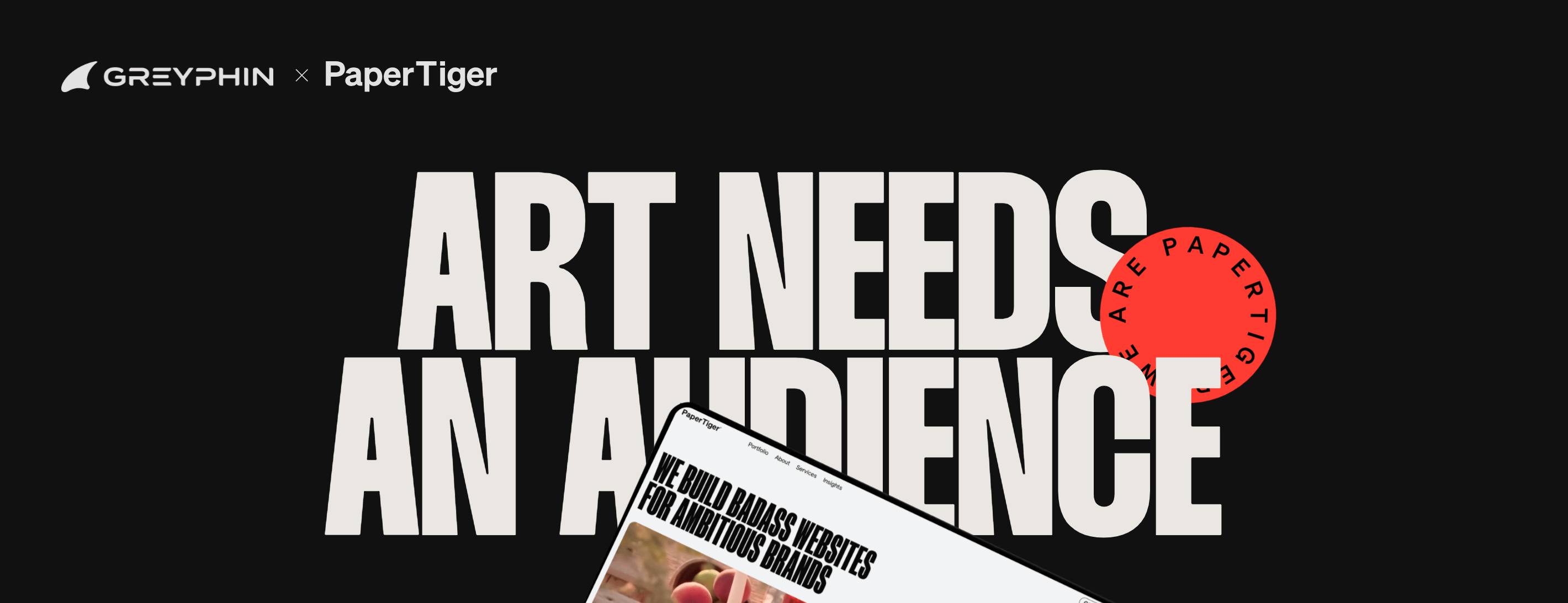![Best Practices for Email Newsletters [Give Your Leads the Content They Want]](https://blog.greyphin.com/hubfs/greyphin-email-newsletters.png)
Oh, hey there! Thanks for joining us again as we make our way through our exhilarating journey in the world of email marketing. If you haven’t already done so, be sure to check out our previous posts about email marketing basics, the types of marketing emails, and best practices you should know for lead nurturing emails. If you’re already caught up - that’s awesome! Now, who’s ready to dig deep into the wonderful world of email newsletters?
Exciting stuff, right? Okay, we sense a little hesitation from you. But don’t worry - while learning about email newsletters may not sound like the most enthralling thing to be doing with your precious time, we promise that you’ll reap some benefits from this post. Because at Greyphin, we believe that being excellent to one another and sharing our knowledge with the world is a wonderful thing to do.
Enough blathering from us. Let’s get to the good stuff: best practices for your email newsletters!
What are Email Newsletters?
If you’re not familiar with email newsletters, then you haven’t read our previous posts. If this was grade school, you’d be in a lot of trouble! All jokes aside, let’s go over the basics of what email newsletters are.
Email newsletters are a type of marketing email that people can sign up for through your website. If you don’t currently have a newsletter sign up form on your site, then you’re missing out on a lot of potential leads! In fact, using newsletters as part as your marketing strategy allows you to generate more leads by acquiring contact information, direct more traffic to your content, nurture your leads down the sales funnel, and help create more conversions. What doesn’t sound great about that?
These types of marketing emails are exactly what you’d expect from the name - a newsletter. These newsletters should be sent out on a regular basis and include content that’s relevant to your audience - whether that’s blog posts, videos, event postings, new product alerts, or anything else that has to do with your company and offerings.
Here are some best practices to follow when you’re creating your email newsletter:
What’s Your Newsletter About?
One of the most important things you need to decide about your newsletter is this: what’s its common thread? While your newsletter can and will include multiple different pieces of content each week or month, it’s imperative to have a piece of content that ties together the series of emails you’re sending. This can be a weekly or monthly blog post about your company or offerings that’s included as your main piece of content. You may also consider a regular video series that you share via email newsletter.
Make it Clear What People are Signing Up For
When it comes to crafting an email marketing strategy, creating a relationship with your leads is key. That’s why it’s a good idea to make it clear from the get-go what your newsletter is all about. One surefire way to do this is to tell your leads what your newsletter includes before they sign up for it. Include information about what types of content they will find in the newsletter near the newsletter sign up form so they don’t feel misled when they start receiving emails from you in the future.
Use Engaging Subject Lines
What good is an email newsletter if nobody opens it? That’s a question you should be asking yourself every time you’re creating the subject line for your emails. Using engaging subject lines is a great way to increase email open rates. Of course, be careful to make sure your subject lines don’t sound spammy. No one wants to have their email campaigns marked as spam by potential leads!
Limit Your Calls-to-Action
While email newsletters are fantastic tools for exposing your leads to a variety of different content each week or month, it’s a best practice to limit your calls-to-action in each email. HubSpot recommends choosing one primary CTA with a piece of content that stands out from the rest. As always, this piece of content should be relevant and of interest to your leads. Other pieces of content that you include in your newsletter should also be relevant and contain CTAs, but those CTAs shouldn’t stand out as much as the main piece of content you’re trying to promote.
Keep it Cute but Simple
Yes, you read that right. When creating your template for your newsletter, we recommend keeping your design simple yet eye-catching. Since you want your subscribers to focus on the content at hand, it’s best not to use a busy design. Instead, opt for something minimalistic in your brand colors that’s pleasing to the eye.
In addition, it’s also a good idea to keep the copy in your newsletter short and to the point. The goal is to get your readers interested without being overwhelmed so that they’ll click through to the content you’re promoting.
Perform Test Sends
Before sending your email newsletter out to your list of subscribers, it’s always good practice to send a test email to yourself to ensure everything looks the way it should. Let’s face it - it’s easy to miss a link or make a small typo, and performing test sends is an easy way to help you catch those things before someone on your contact list sees it.
So, what do you think about email newsletters? If you have questions about newsletters or need help with your email marketing strategy, be sure to contact Greyphin to learn how our inbound marketing services can help your business grow!









